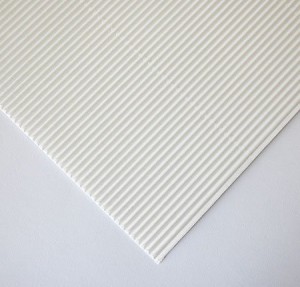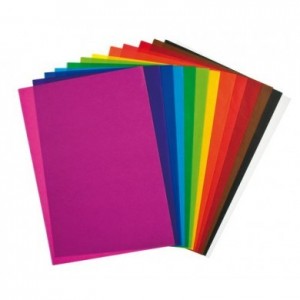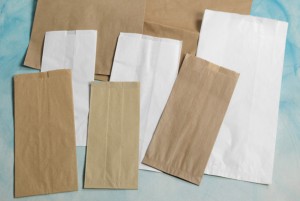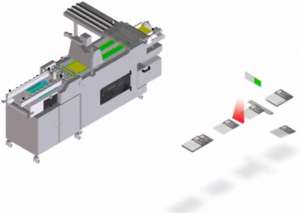|
|
Carta ondulata
 |
Corrugated paper consists of a double layer of paper, a smooth one and a corrugated one glued together, hence it’s susceptible to staining due to this gluing process. Oil stains and glue clumps are often present and risk to bring the product outside the tolerance level. It’s important to detect these defects by setting appropriate tolerance limits to select and eventually discard stained areas. Our systems allow identifying stains and notifying the operator in real-time so that he can intervene to remove the problem. The system permits automatic defect archival through dedicated databases. These are the details that can be recorded:
- dimension
- position in the final roll (even after the cut)
- date and time
- picture
|
- customer
- product
- order
- various statistics
|
It’s possible to interface our machine with the discard system to make it act promptly when removing defective paper. Moreover it’s possible to perform a wave homogeneity test. |
|
Carta bianca o colorata
 |
Paper, and colored paper in general, can be analyzed in various ways and first among them is the detection of stains. These spots can come in various forms, fluid drops, clumps of raw material from which paper is obtained or simply caused by the operators while handling the paper during production. Our systems in addition to detecting the defect’s shape can also obtain stain’s hue (the color) and position and furthermore can save frames depicting the stains.
Another aspect related to paper analysis is the colors’ tonality. Through our systems we can recognize the exact paper pigmentation and provide a discard signal (acoustic, visual or towards a host machine) when it moves away from a fixed tolerance, set by the operator or supervisor. In addition to pigmentation and stains it’s possible to perform checks on rips, holes, paper weight and dimensions. All the obtained information is stored in a database through which it’s possible to perform statistical calculations involving the product, search for defect-related images, extract data (e.g. coloration in trichromy, quadrichromy or Hue-Saturation-Lightness). |
Carta alimentare
 |
Food paper is subject to more stringent regulations compared to other kinds of paper and this is why it’s more than necessary to perform defectiveness control. Stains analysis, color analysis, rips analysis, holes analysis, deformities analysis are only some of the many analysis tools that need to be applied on food paper.
The analysis can be performed either on the roll or on the finished product. During material analysis information including defect dimensions, color, geometry, position, customer, product, captured image, date and timed will be saved on a database from which it will possible to retrieve all this data later on. |
Carta stampata
 |
Printed paper is susceptible to multiple defects, first among them are print issues. Our software can work at high speeds and still detect even the smaller deviation from the source PDF file. Checks are performed on characters, images, colors, etc. The analysis involves specific areas of interest or on or the whole sheet that will be validated or invalidated according to a predefined tolerance. The result is signaled to the operator or to the discard system. Defects information is stored on a database through which it will be possible, later on, to perform searches and statistics.
System characteristics are:
- Print quality control
- Comparison with PDF files, other kinds of digital documents or samples
- High-speed acquisition
- Continuous print rolls analysis
- Analysis for printed sheets that might not be properly aligned
- Orientation recognition
- Chromatic analysis (color analysis)
- Code reading for 1D codes like barcodes and 2D ones like data matrixes
- Print layout control
- Stains and dirt analysis
- Missing or incomplete characters recognition
|